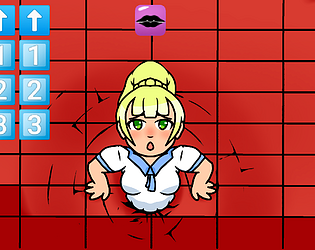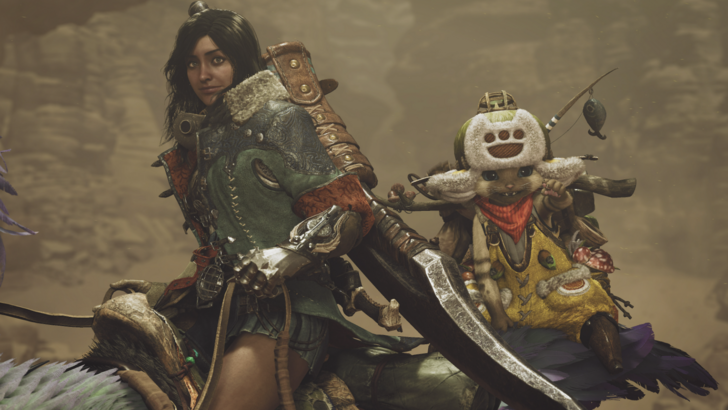This guide explores the diverse uses of Minecraft's beautiful flora, from dye creation to landscaping and rare species collection. Let's delve into the unique properties and applications of various flowers.
Table of Contents
- Poppy
- Dandelion
- Allium
- Rose Bush
- Wither Rose
- Peony Bush
- Lily of the Valley
- Tulip
- Azure Bluet
- Blue Orchid
- Cornflower
- Torchflower
- Lilac
- Oxeye Daisy
- Sunflower
Poppy
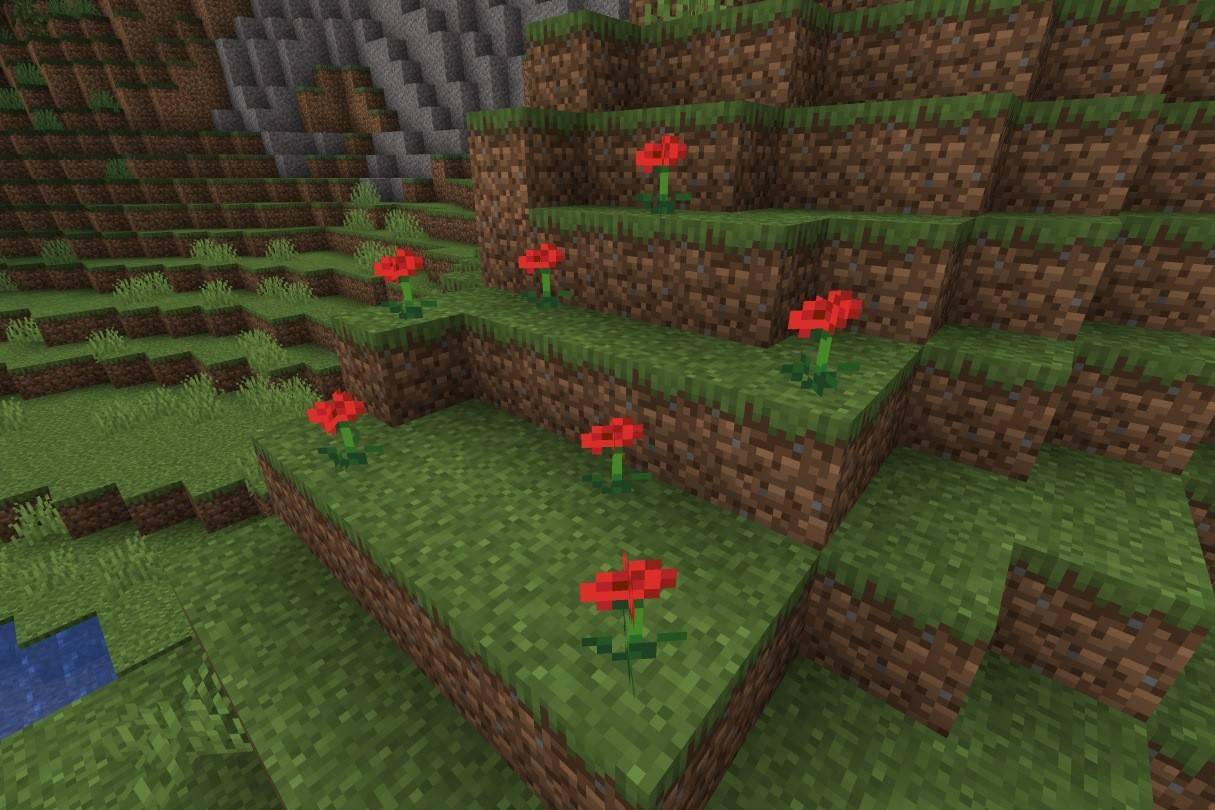 Image: ensigame.com
Image: ensigame.com
Replacing the original "rose" and cyan flowers, poppies are readily found across multiple biomes and are even dropped by Iron Golems. Their primary use is crafting red dye, essential for coloring banners, beds, wool, sheep, and wolf collars.
Dandelion
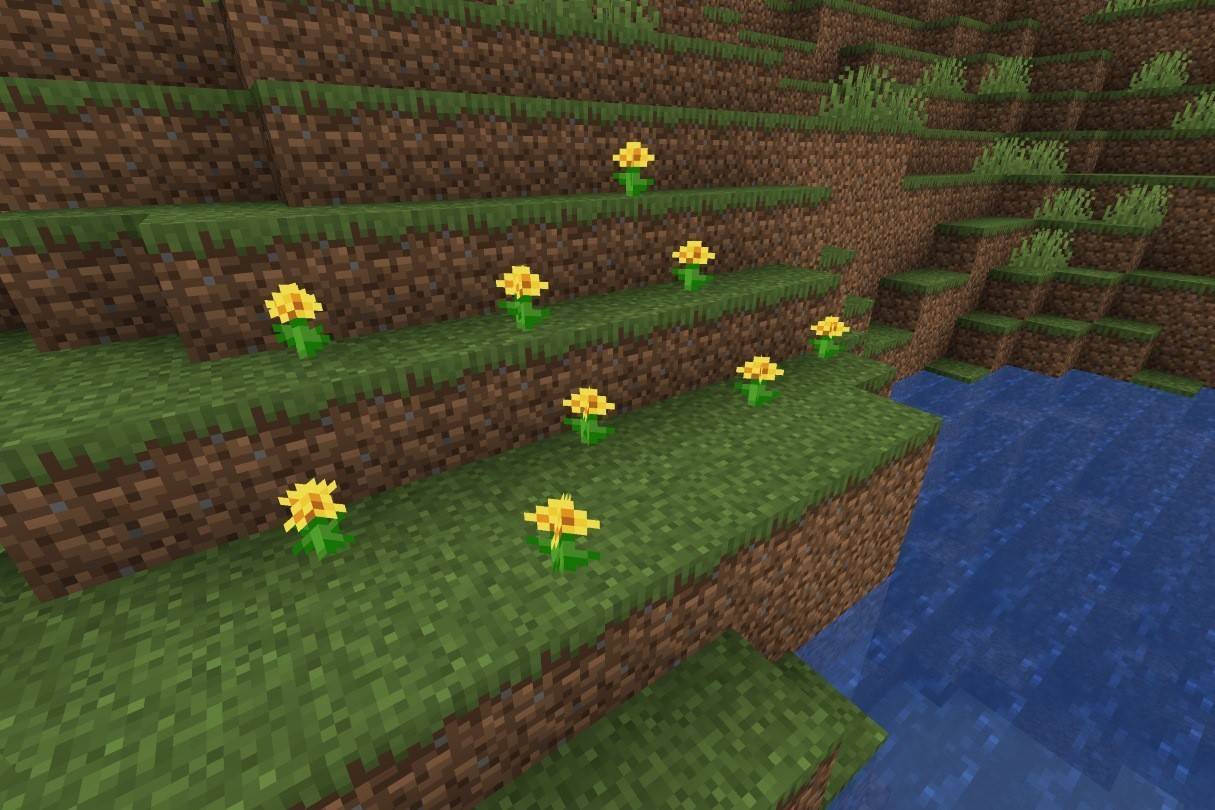 Image: ensigame.com
Image: ensigame.com
These bright yellow flowers, absent from marshes and ice plains, are prolific in flower forests. They yield yellow dye, although sunflowers provide double the amount. Perfect for adding vibrant hues to banners and wool.
Allium
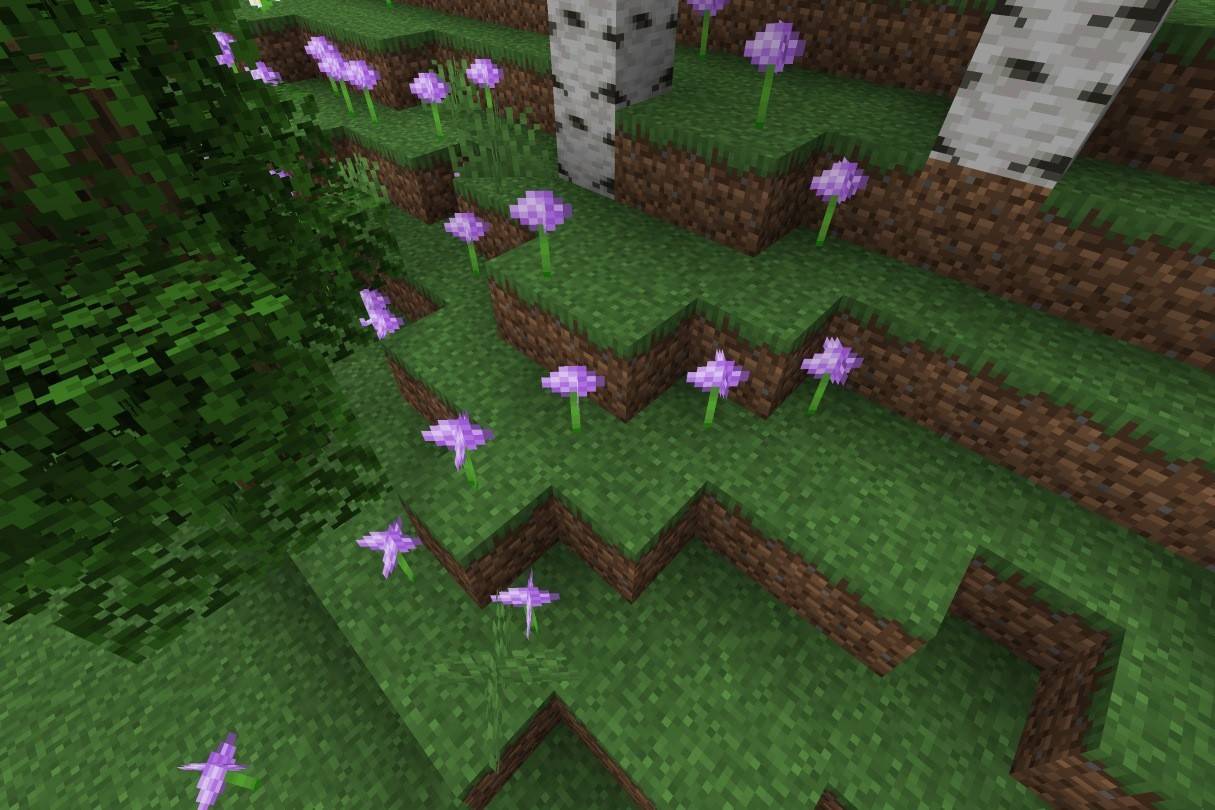 Image: ensigame.com
Image: ensigame.com
Native to flower forests, alliums offer stunning purple blooms. They produce magenta dye, crucial for coloring mobs and crafting magenta stained glass, terracotta, and wool.
Rose Bush
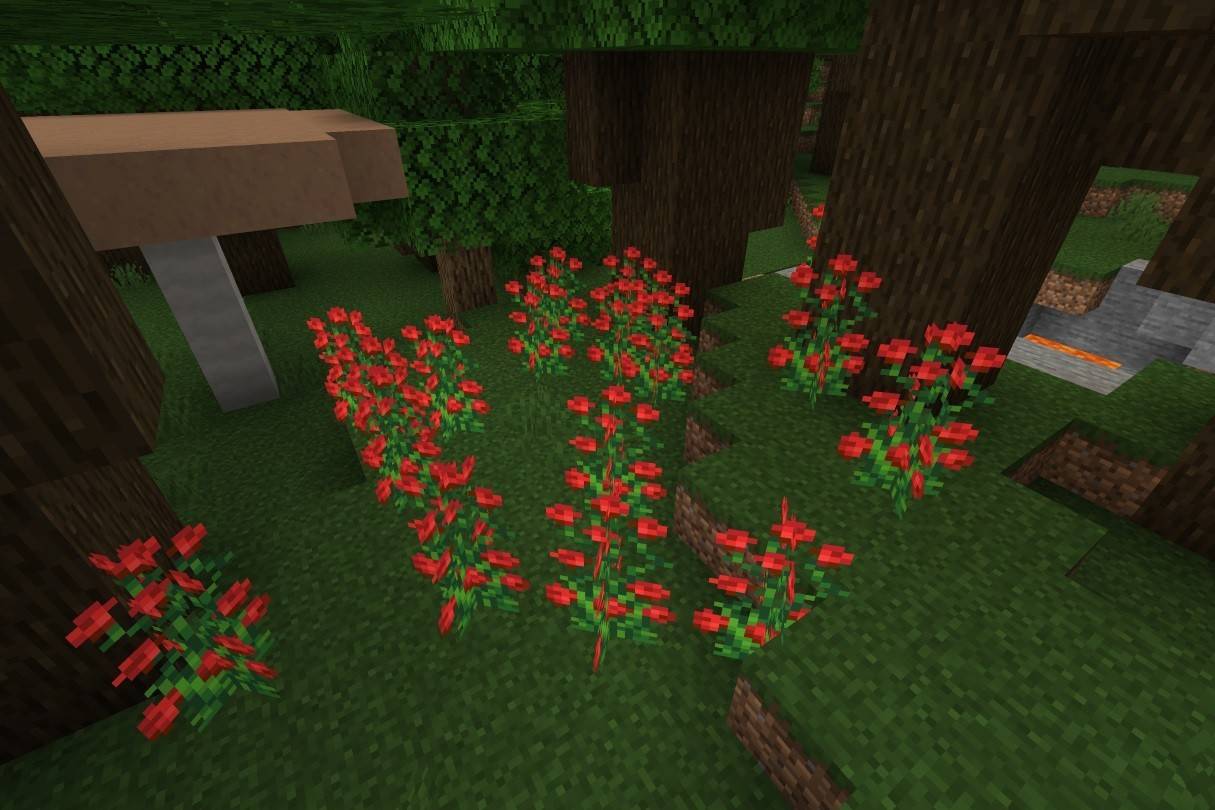 Image: ensigame.com
Image: ensigame.com
A two-block-high flower found in various wooded biomes, the rose bush provides red dye, useful for dyeing wool, banners, beds, and leather armor. Unlike the Wither Rose, it's a safe and visually appealing addition to any landscape.
Wither Rose
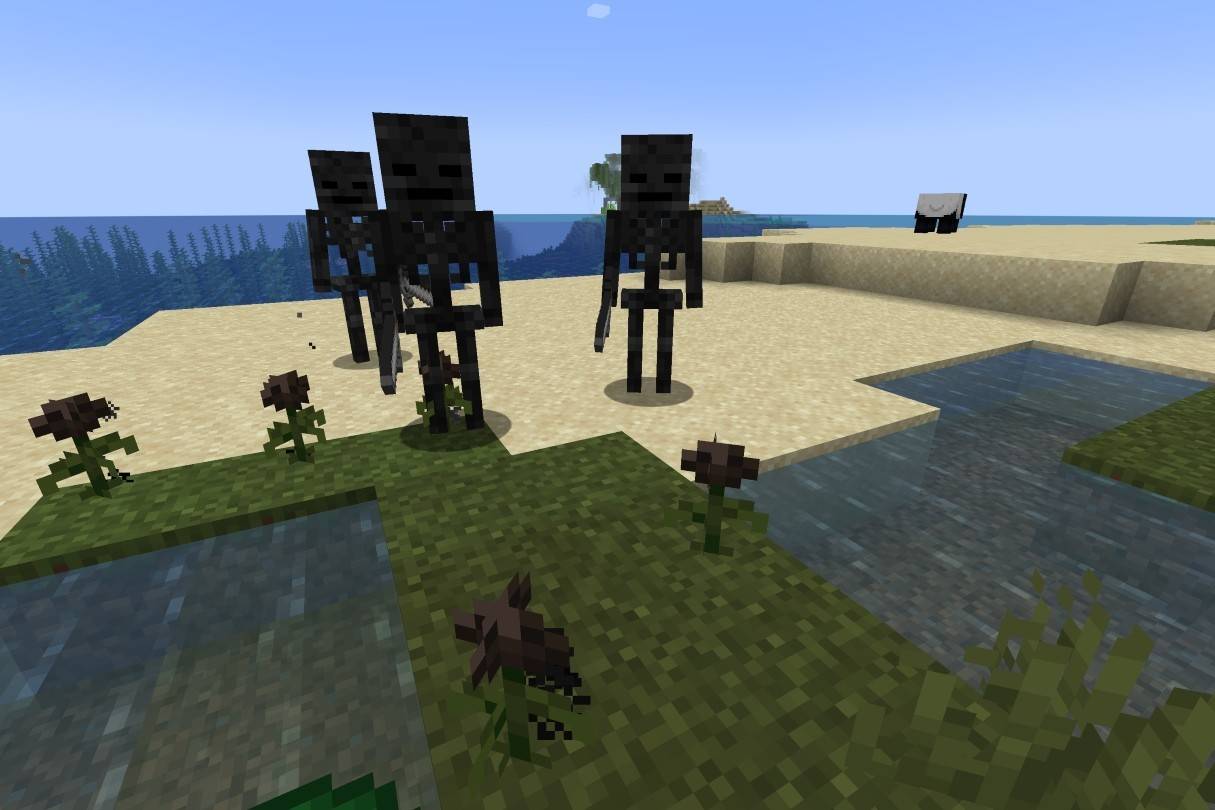 Image: ensigame.com
Image: ensigame.com
This ominous flower doesn't grow naturally; it's spawned by the Wither or rarely found in the Nether. Contact inflicts the Wither effect (curable with milk). It's used for black dye and crafting firework stars and black concrete powder.
Peony Bush
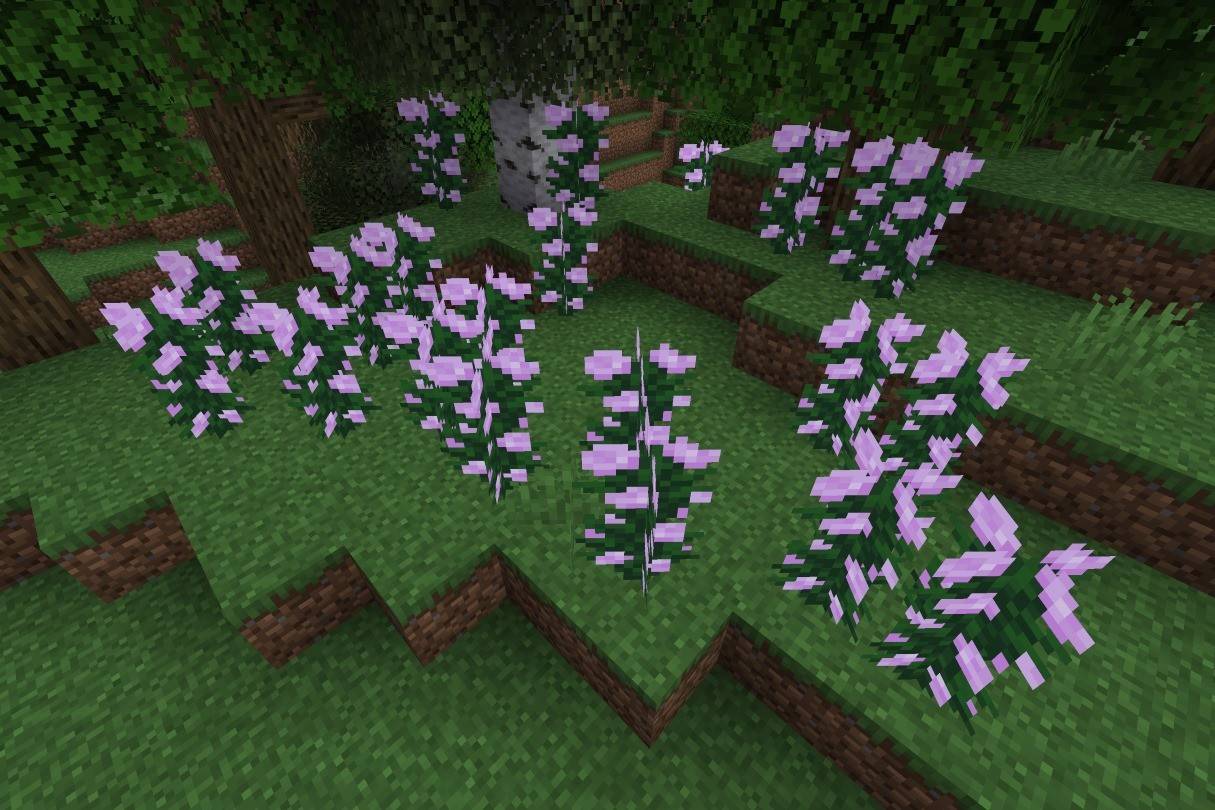 Image: ensigame.com
Image: ensigame.com
These tall, pink flowers thrive in woodland biomes. They produce pink dye (also craftable from red and white dye) and can be propagated with bone meal. Pink dye is useful for wool, stained glass, terracotta, and wolf collars.
Lily of the Valley
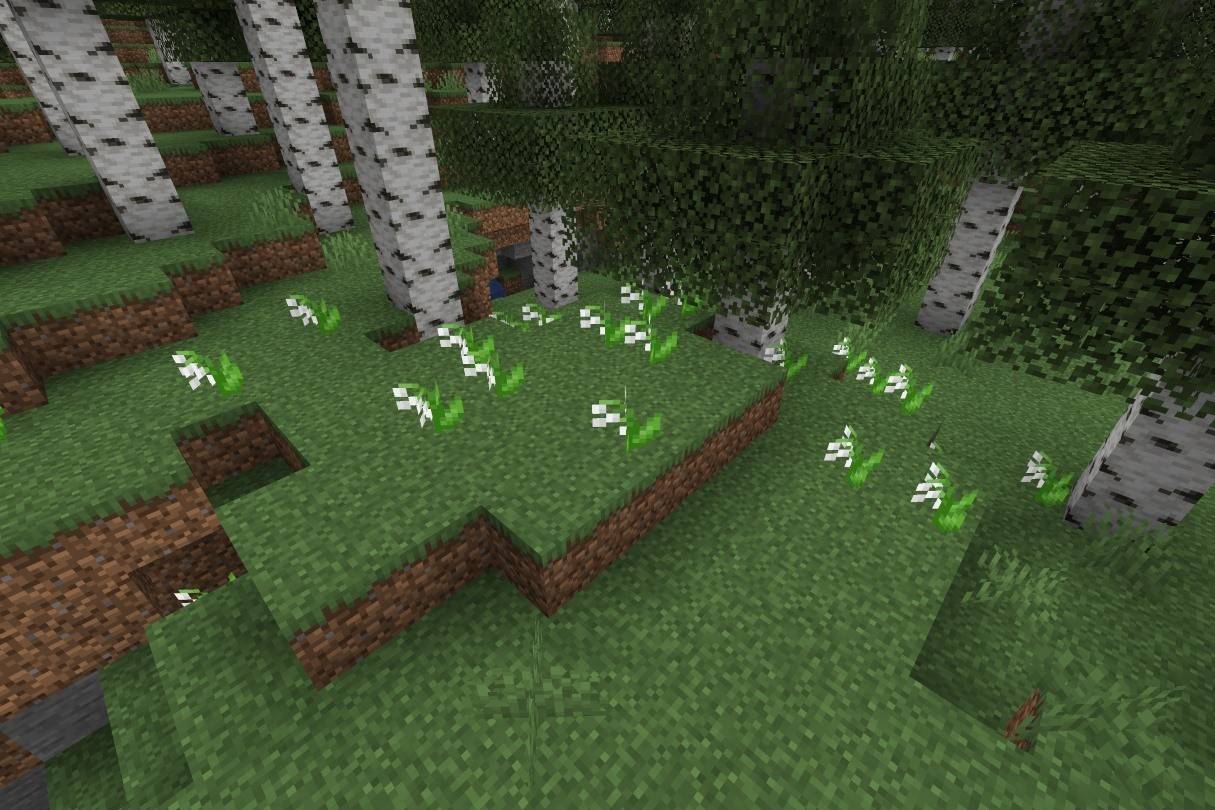 Image: ensigame.com
Image: ensigame.com
Found in forests and flower forests, the Lily of the Valley yields white dye, used for wool, banners, beds, terracotta, and wolf collars. White dye is also a base for other dye colors.
Tulip
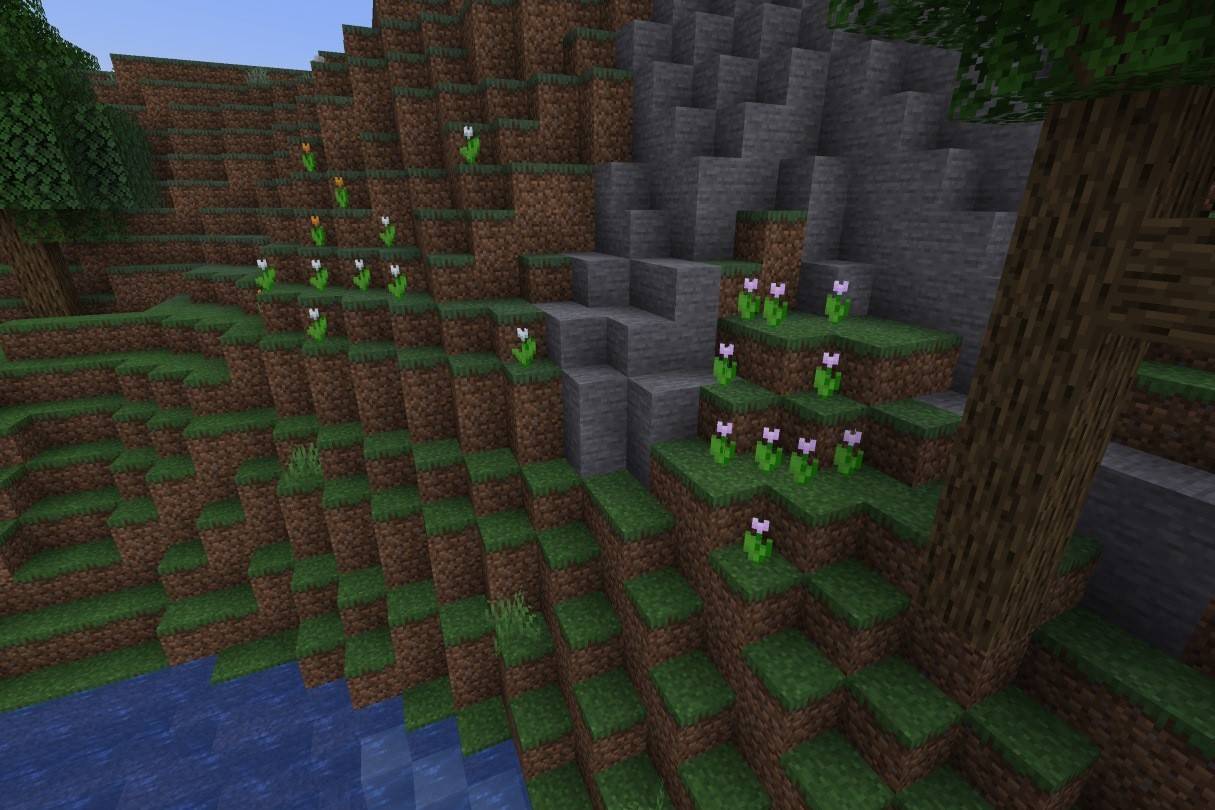 Image: ensigame.com
Image: ensigame.com
Tulips come in red, orange, white, and pink varieties, found in plains and flower forests. Their color determines the dye they produce, offering diverse crafting options.
Azure Bluet
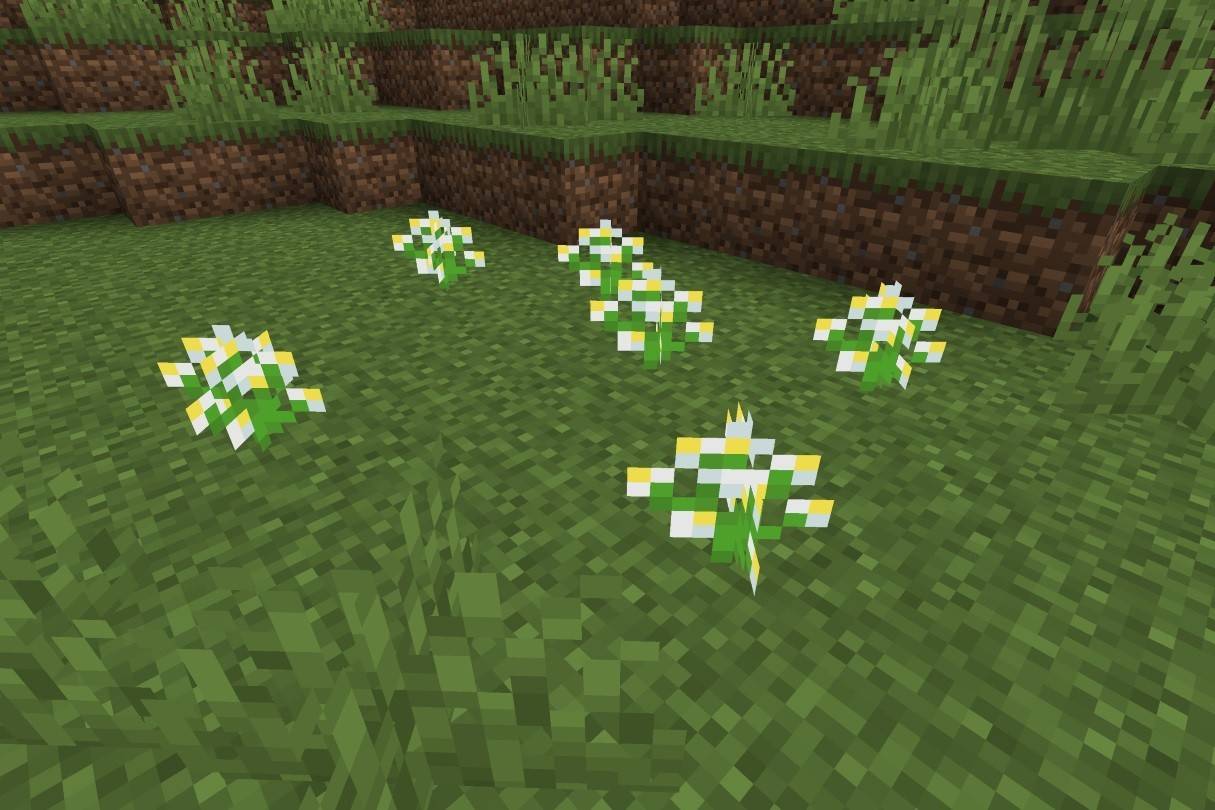 Image: ensigame.com
Image: ensigame.com
This small flower, found in grasslands and flower forests, creates light gray dye.
Blue Orchid
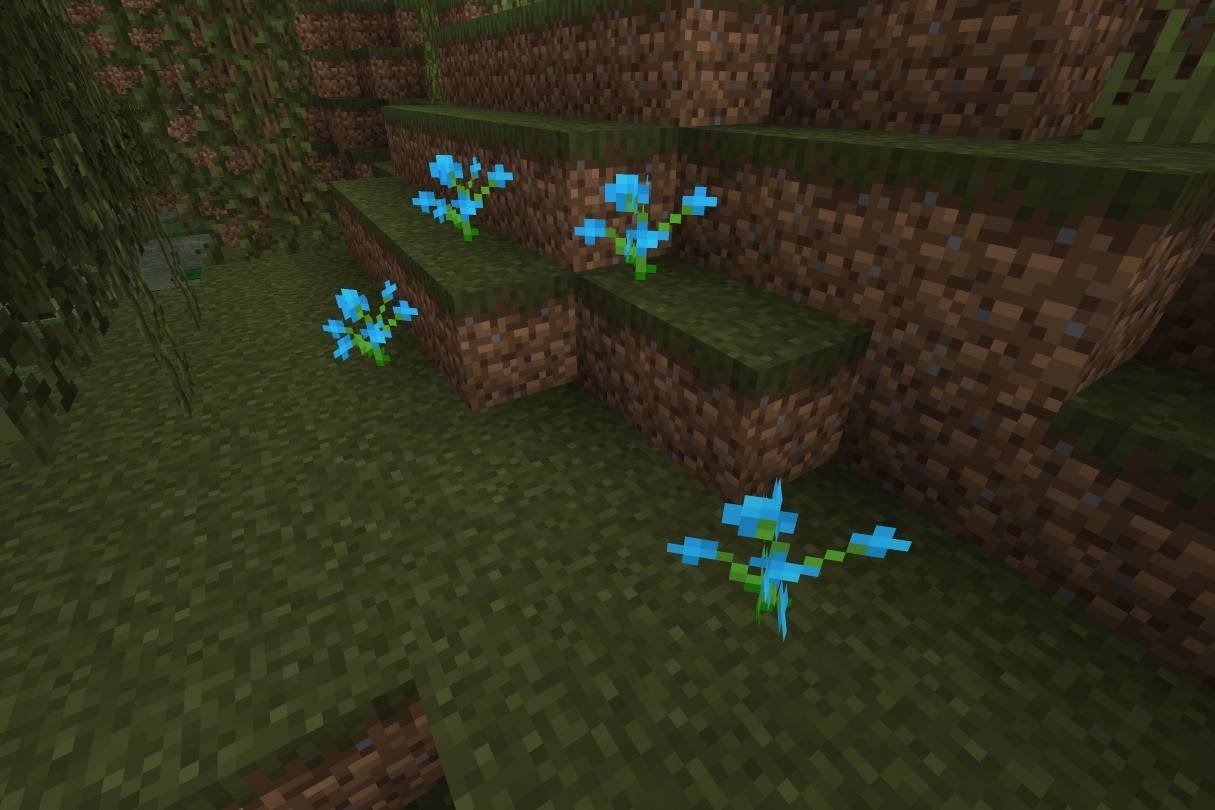 Image: ensigame.com
Image: ensigame.com
A rare flower found in swamp and taiga biomes, the blue orchid produces light blue dye.
Cornflower
 Image: ensigame.com
Image: ensigame.com
These blue flowers, found in plains and flower forests, are used to create blue dye.
Torchflower
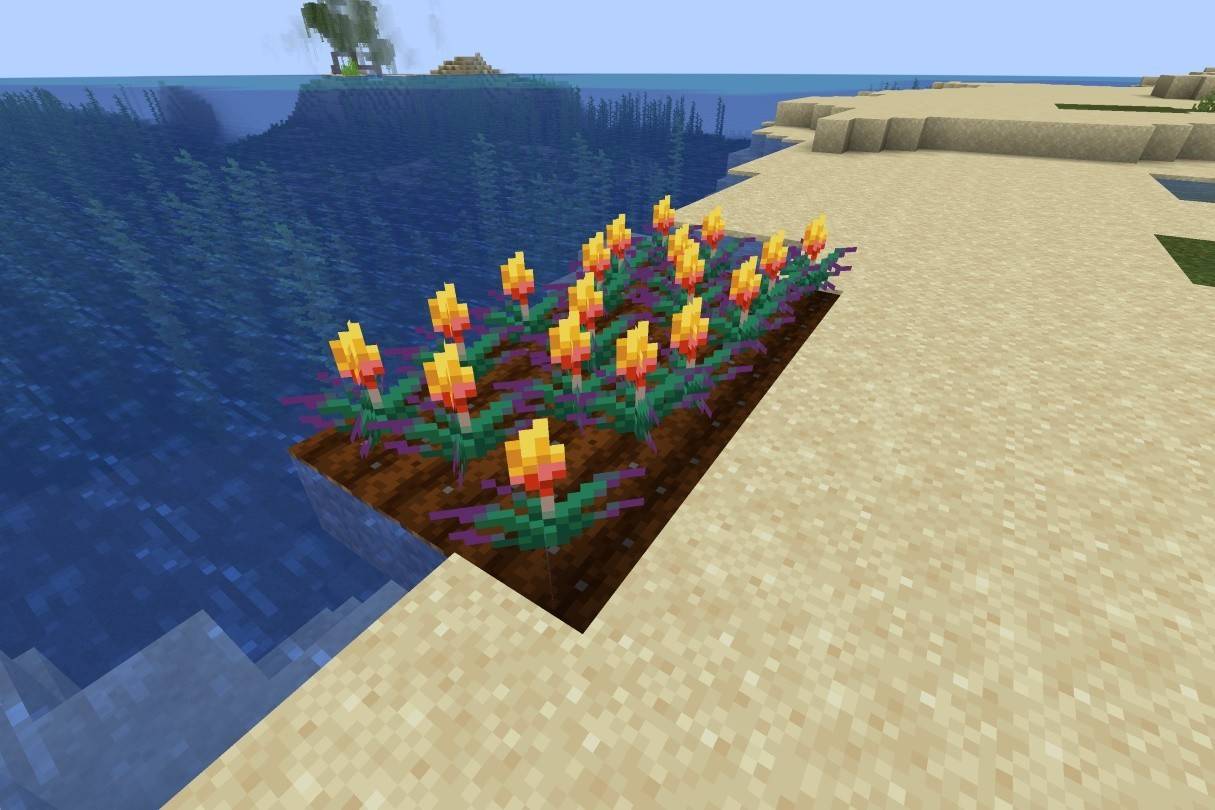 Image: ensigame.com
Image: ensigame.com
Grown from seeds, the Torchflower yields orange dye. Its behavior differs slightly between Java and Bedrock editions.
Lilac
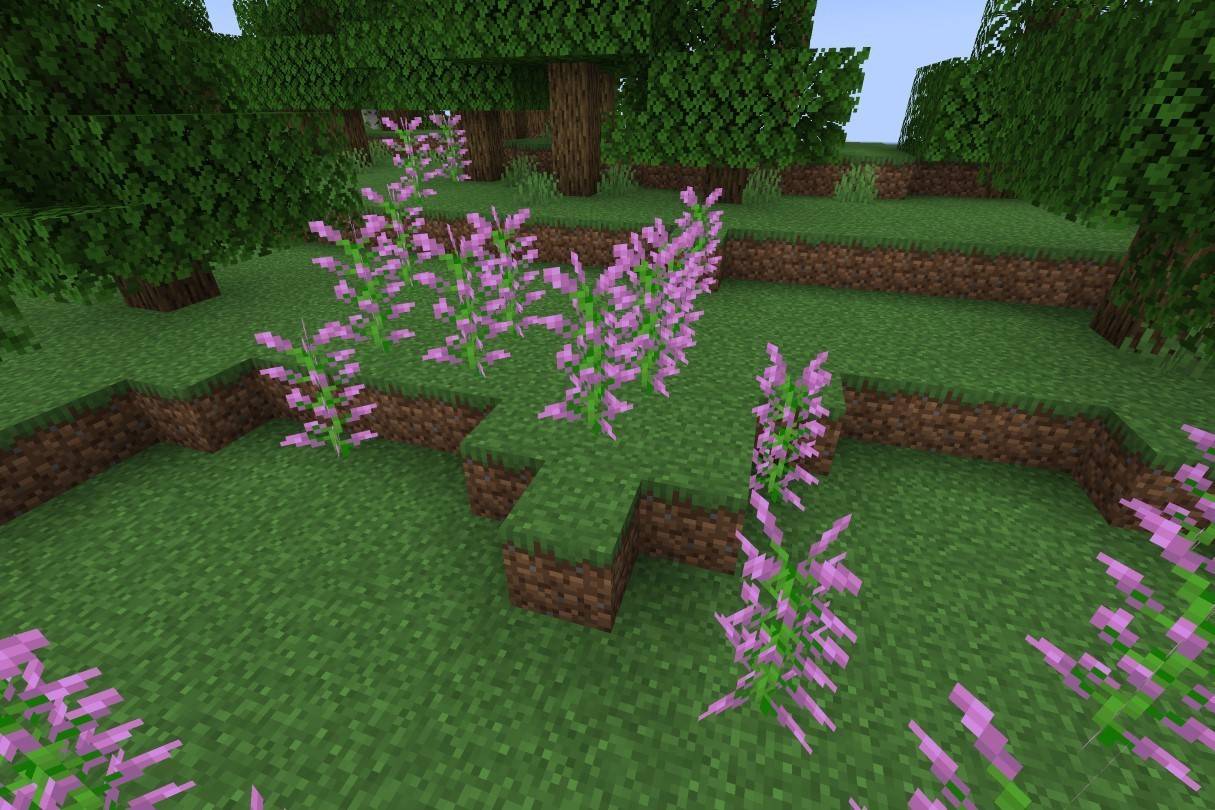 Image: ensigame.com
Image: ensigame.com
A two-block-high flower with a light purple hue, Lilacs are found in various forest biomes and produce magenta dye.
Oxeye Daisy
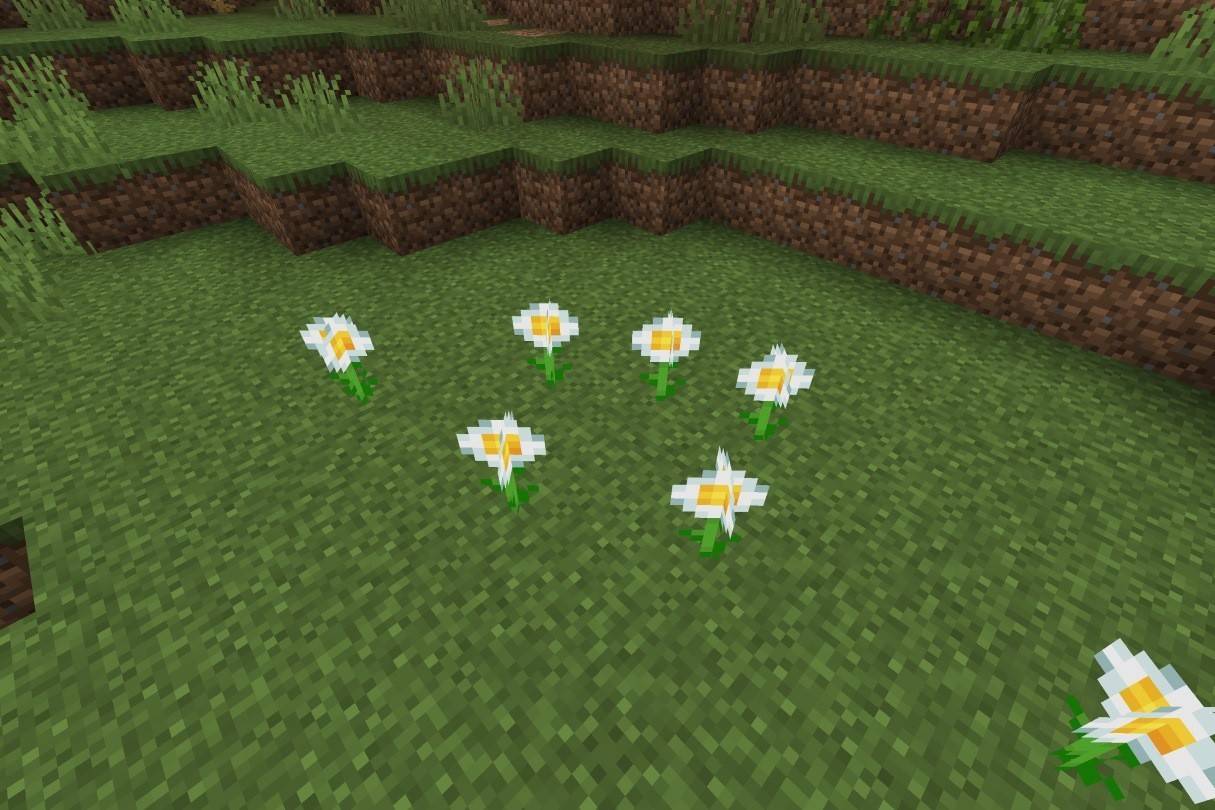 Image: ensigame.com
Image: ensigame.com
This white flower with a yellow center, found in plains biomes, creates light gray dye.
Sunflower
 Image: ensigame.com
Image: ensigame.com
These tall flowers, found in sunflower plains, produce yellow dye. Their eastward orientation makes them useful for navigation.
These flowers offer a wealth of possibilities in Minecraft, from crafting to decoration. Explore their uses and unlock their full potential!








![Taffy Tales [v1.07.3a]](https://imgs.xfsxw.com/uploads/32/1719554710667e529623764.jpg)





